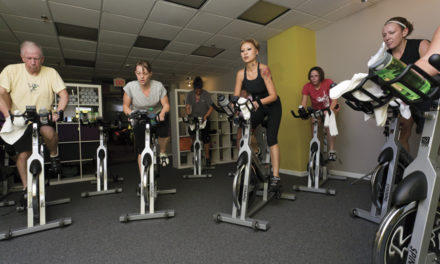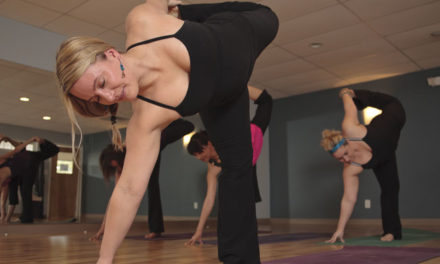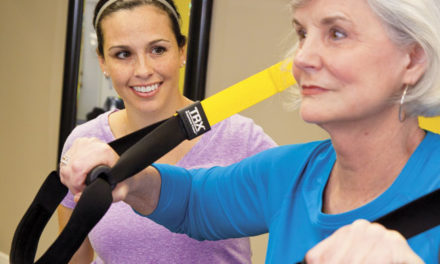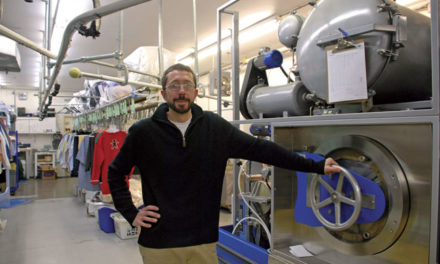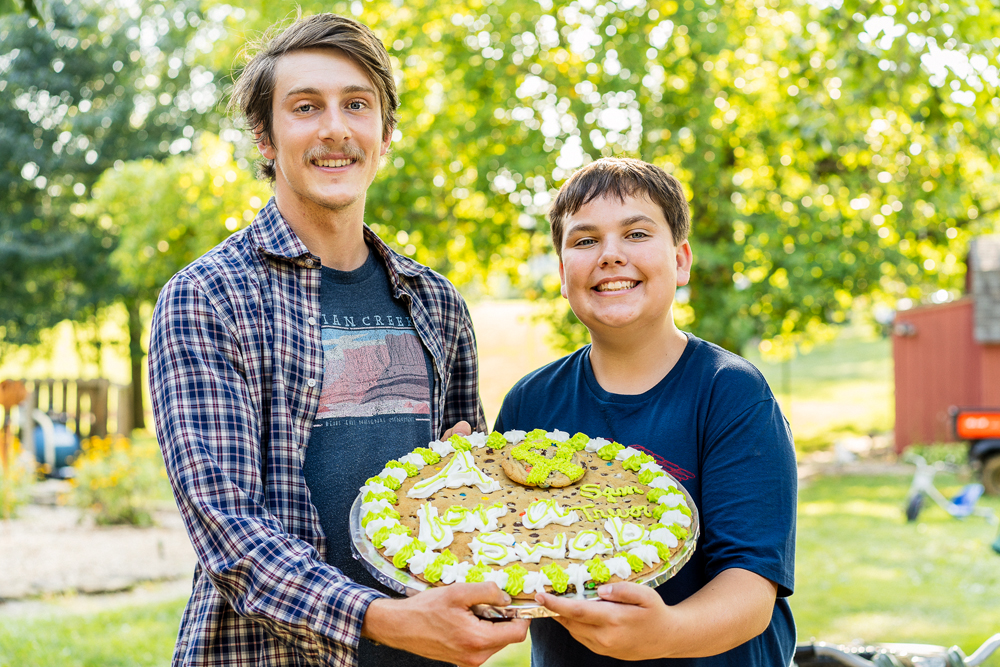
Photos by Martin Boling
by TRACY ZOLLINGER TURNER
Five years ago, in 2014, Samuel Hanslits was a Georgetown University student, worn out and hungry during finals week. As he stepped off the campus library elevator, he noticed a table offering hefty chocolate chip cookies in exchange for joining Be the Match, a DNA registry seeking bone marrow donors for people with blood cancer. “They took a cheek swab, I got my cookie, and I forgot all about it,” Hanslits says.
That craving for a cookie became a lifesaver for 14-year-old Trevor Walden. A freshman at Bloomington High School South, he was diagnosed with Ph-like acute lymphoblastic leukemia in 2017, a high-risk form of the disease. He was given a 30% chance of survival if he was treated solely with chemotherapy, but his odds jumped to 40% if a viable bone marrow transplant match could be located. That’s when Hanslits’ cookie craving made all the difference.
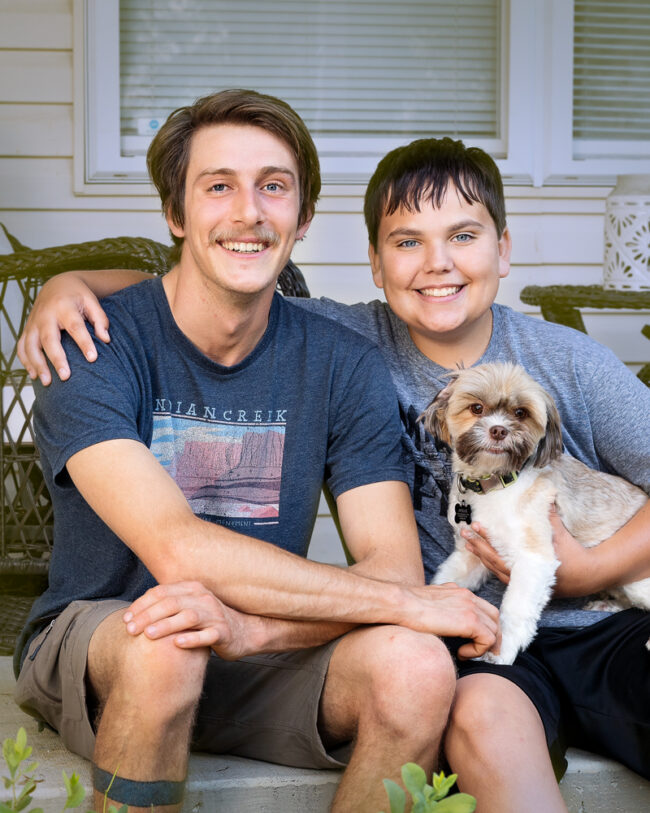
After a long course of treatment—which included a bone marrow transplant provided by Hanslits—Walden has now lived cancer-free for well over a year. That’s the period of time needed for the risk of the donation being rejected and the possibility of the cancer’s recurrence to lower significantly.
Although Be the Match donations are made through an anonymous process, Walden hoped to meet his donor. His mother, Amber Carpenter, made the request this past spring, and Hanslits was contacted. He came to Indiana for a visit with the family in July.
“It didn’t matter to me what we did together,” Walden says. “I just wanted to get to know Sam … to get closure and meet the somebody out there who was willing to do something like this for someone they didn’t know.”
Hanslits, who is now 25 and living in Oregon where he is a rock climbing instructor, says he saw donating as a blessing. “I understand there are people that wouldn’t do this, but I don’t understand them,” he says. “If I have a chance to help somebody out, and possibly keep them alive, of course I’m going to take that chance. The universe gave me an opportunity.”
For the procedure, Hanslits went under general anesthesia and had a sample drawn from his pelvis through a syringe. “Eighty percent of the time, they can get what they need through an IV, but the doctors wanted the best sample possible,” Hanslits says. “I recovered that day. I was stiff and sore for a little bit, but really it was very minor for me.”
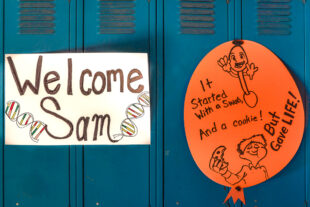
Doctors told Carpenter that donations from young men in their 20s are often the most promising for childhood leukemia patients. She hopes sharing her son’s story will encourage more young men to register.
During the visit, Walden and Hanslits went to Riley Children’s Hospital to see the doctors and nurses who had treated Walden, and Walden’s grandparents hosted a cookout in honor of the two. But mostly the young men chose to hang out, just getting to know each other.
They ponder the wonders of the science that has bound them together. Carpenter swears that her son’s hair color and texture now resemble Hanslits’. She also read that if one of them commits a crime, DNA evidence would point to both young men. Hanslits’ thoughts are more positive.
“It’s cool that Trevor has got my blood in him,” he says. “And if he does great things and saves the world, I’m totally taking credit.”
For more information, visit bethematch.org.


